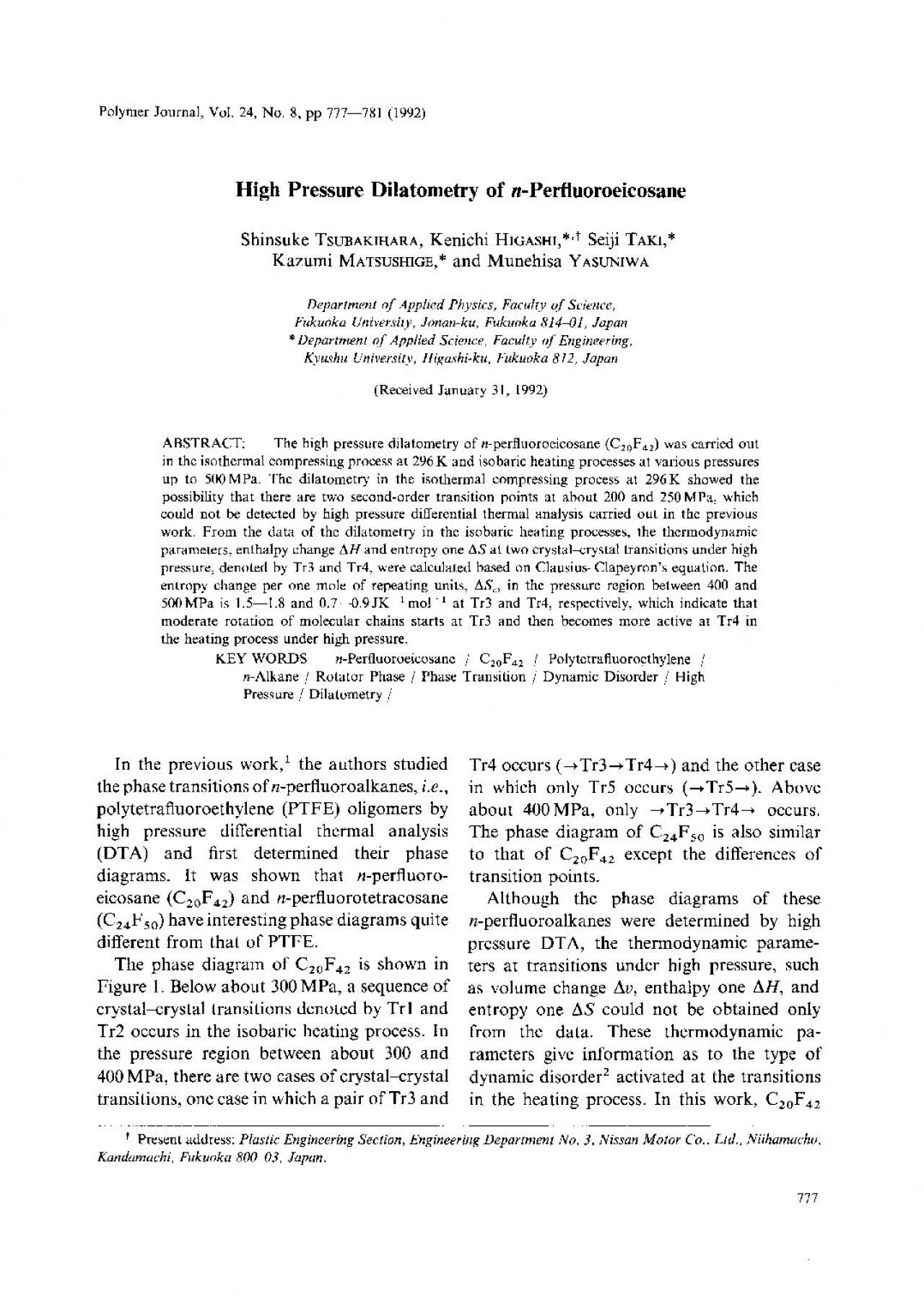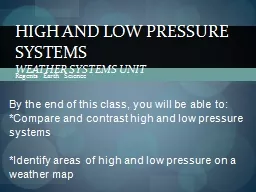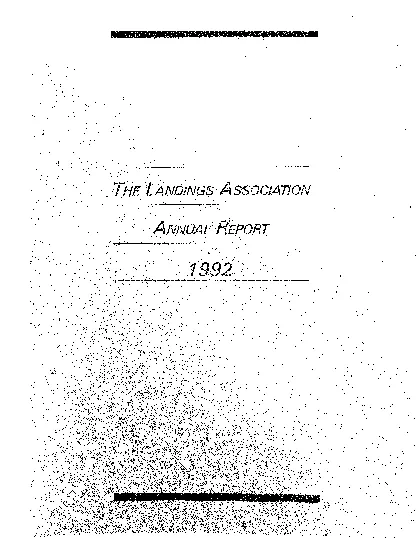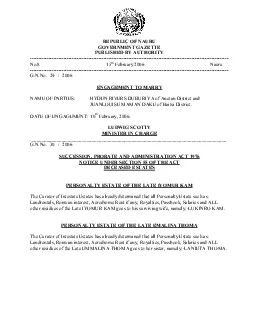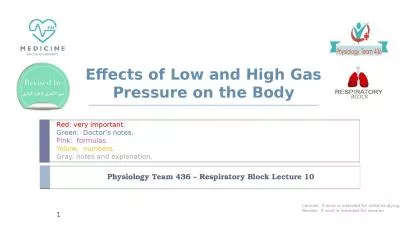PDF-Journal Vol 24 No8 pp 777781 1992 High Pressure Dilatometry of
Author : maisie | Published Date : 2021-06-10
Polymer MATSUSHIGE and Munehisa YASUNIWA Department of Applied Physics Faculty of Science Fukuoka University Jonanku Fukuoka 8141 Japan Department of Applied Science
Presentation Embed Code
Download Presentation
Download Presentation The PPT/PDF document "Journal Vol 24 No8 pp 777781 1992 High P..." is the property of its rightful owner. Permission is granted to download and print the materials on this website for personal, non-commercial use only, and to display it on your personal computer provided you do not modify the materials and that you retain all copyright notices contained in the materials. By downloading content from our website, you accept the terms of this agreement.
Journal Vol 24 No8 pp 777781 1992 High Pressure Dilatometry of: Transcript
Download Rules Of Document
"Journal Vol 24 No8 pp 777781 1992 High Pressure Dilatometry of"The content belongs to its owner. You may download and print it for personal use, without modification, and keep all copyright notices. By downloading, you agree to these terms.
Related Documents

